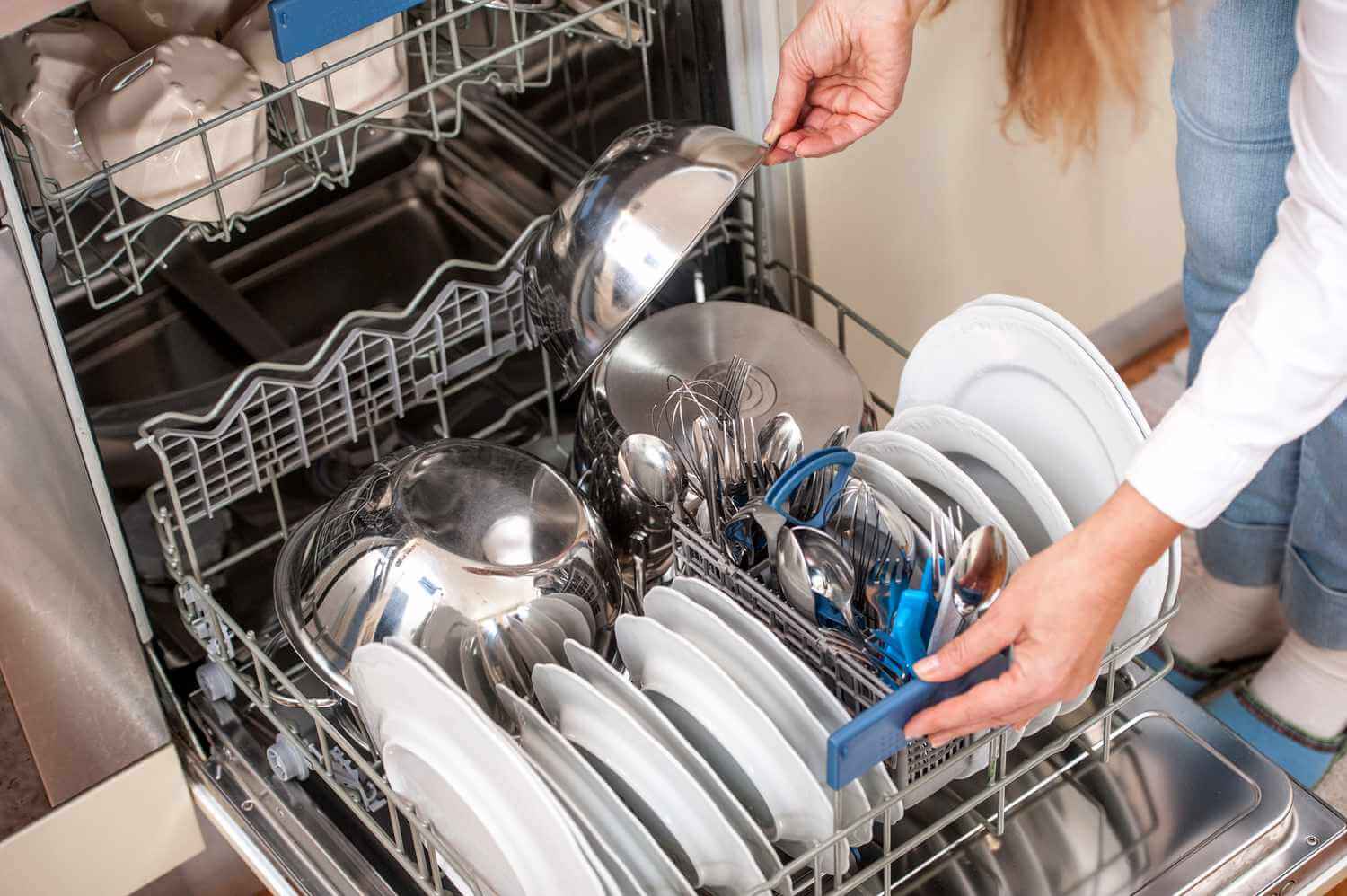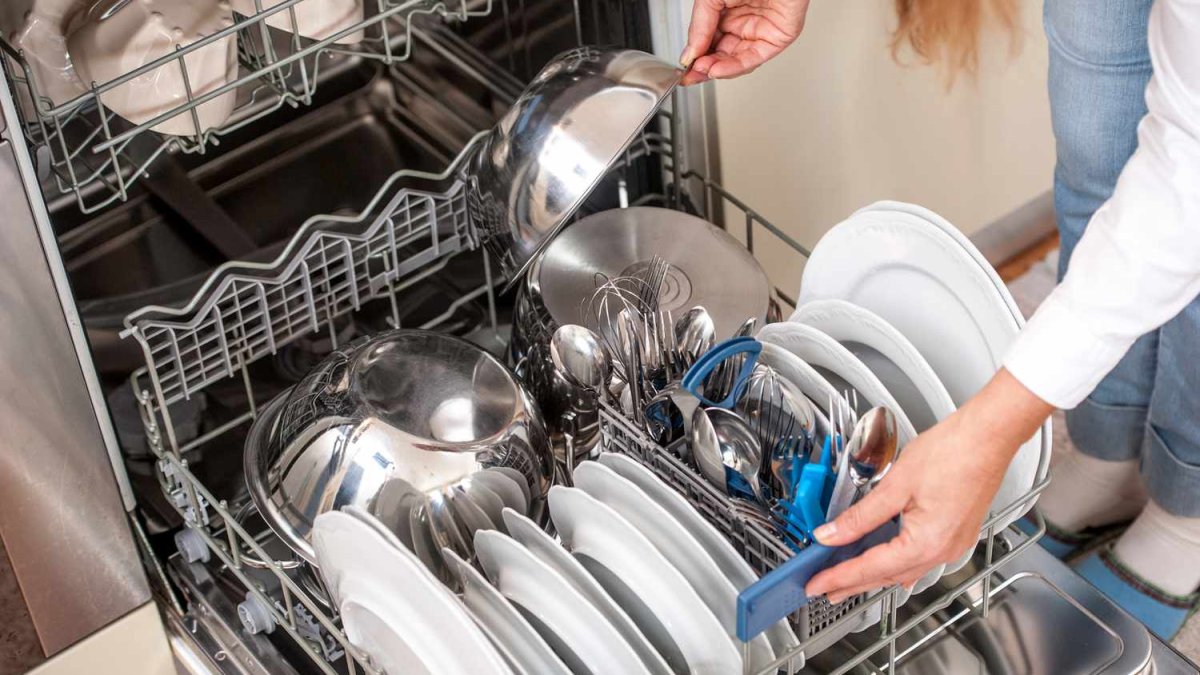
In the hustle and bustle of modern living, dishwashers represent a pinnacle of convenience. These unsung heroes of our kitchens handle a tedious task with ease, saving precious time and water compared to traditional hand-washing. However, most of us have faced moments of frustration when dishes come out spotty, grimy, or even damaged. The solution often lies in the art of loading the dishwasher correctly – not only does this practice promise cleanliness, but it also prolongs your appliance’s life and reduces the frequency of needing professional dishwasher repairs.
In this guide, we’ll explore the essential do’s and don’ts of loading a dishwasher. By adhering to these tips, you’ll ensure cleaner dishes, an efficient running system, and a thankful pocket saved from unexpected repair costs.
The Do’s: Strategies for Pristine Dishes
- Do Rinse or Scrape Off Food Remains
Before placing dishes in the dishwasher, scrape off large food particles. Pre-rinsing under a tap may not be necessary, especially for modern dishwashers, but it’s crucial not to overload the machine with leftovers.
- Do Organise Strategically
Lower Rack: Place the most soiled items here, like pots and pans, facing downwards or towards the spray arm. Plates should stand vertically, while bowls go in slanted or facing downwards for optimum water reach.
Upper Rack: This area is best for glasses, cups, and less soiled items. Ensure that plastic items go on top, far from the heating element.
- Do Use the Right Detergent
Choose a detergent suitable for your water type (hard or soft) and dishwasher model. Tablets, liquid, or powder – each has its strengths, so follow your manufacturer’s recommendations.
- Do Run Full Loads
To conserve water and energy, wait until you have a full load before running a cycle. However, don’t overcrowd as it compromises the cleaning process.
- Do Regular Maintenance
Routine check-ups, cleaning filters, and checking for limescale build-up keep your dishwasher in top condition. A well-maintained machine is less likely to need sudden, expensive repairs.
The Don’ts: Preventing Damage and Poor Performance
- Don’t Block the Sprayers: Overloading or improper placement of dishes can obstruct the sprayers. Water and detergent should circulate freely to ensure effective cleaning.
- Don’t Mix Metals: Placing stainless steel and silver items together can cause a reaction, leading to tarnishing. It’s best to separate different metals in distinct sections.
- Don’t Place Unfriendly Items: Not all items are dishwasher safe – wooden cutting boards, non-stick pans, good knives, and crystal glasses prefer the tender care of handwashing.
- Don’t Use Excessive Detergent: More isn’t always better. Using too much detergent can leave a residue on dishes and strain your machine over time, leading to potential breakdowns that would require professional intervention.
- Don’t Ignore Signs of Malfunction: If you notice persistent issues like undissolved detergent, long cycle times, or inefficient cleaning, don’t procrastinate – early dishwasher repairs can prevent more severe damage in the long run.
Understanding the proper way to load a dishwasher optimises its performance, ensures cleaner, spot-free dishes, and maintains the appliance’s longevity
Moreover, by practising these do’s and don’ts, you protect your investment from frequent breakdowns, saving money, and avoiding the inconvenience of unforeseen dishwasher repairs. Remember, the key lies in a balanced approach — organise the space effectively, use resources sparingly, and keep a keen eye on maintenance. This way, your dependable kitchen assistant will continue to serve you efficiently, making the daily chore of dishwashing a background task that you no longer have to stress about. Happy dishwashing!
Liam Smith
Related posts
Stay connected
Today's pick
- Things to Remember While Designing Your Custom Modular Kitchen in GurgaonGurgaon now known as Gurugram is the second largest city in the state of Haryana and is a reflectiossn of an ideal modern city with futuristic goals. Witnessing rapid urbanization, it has also emerged as a hub for contemporary homes, with homeowners seeking innovative and... The post Things to Remember While Designing Your Custom Modular […]

